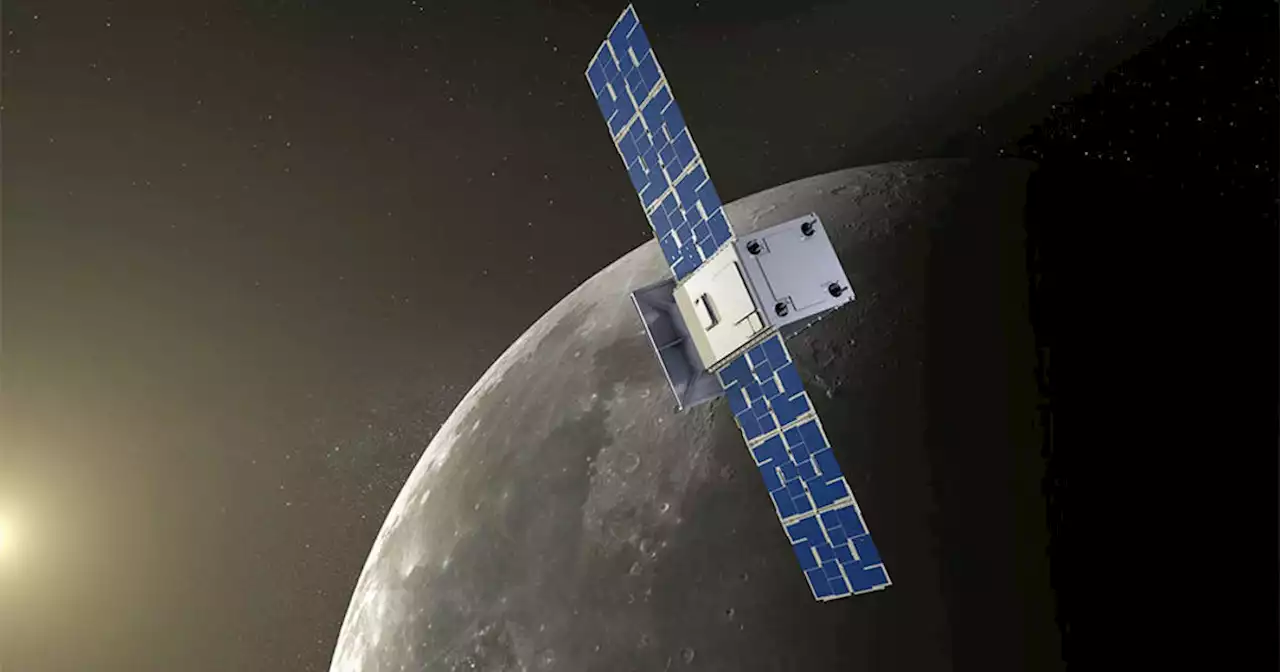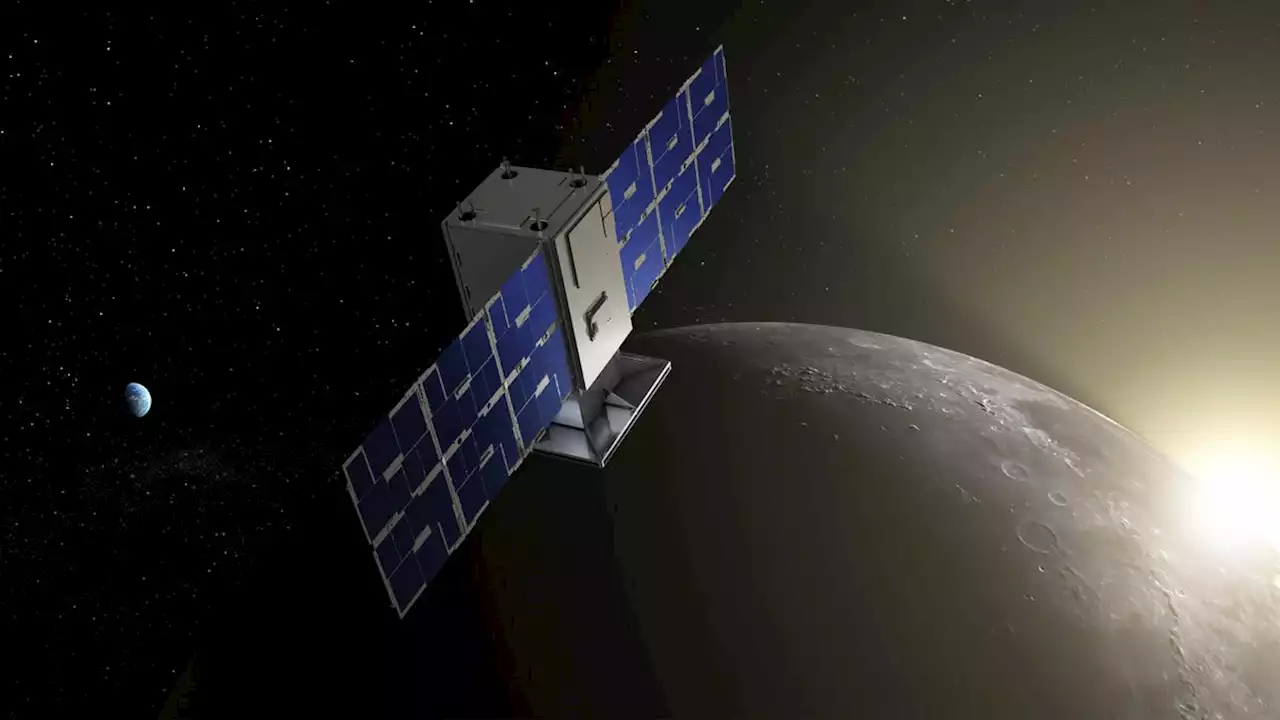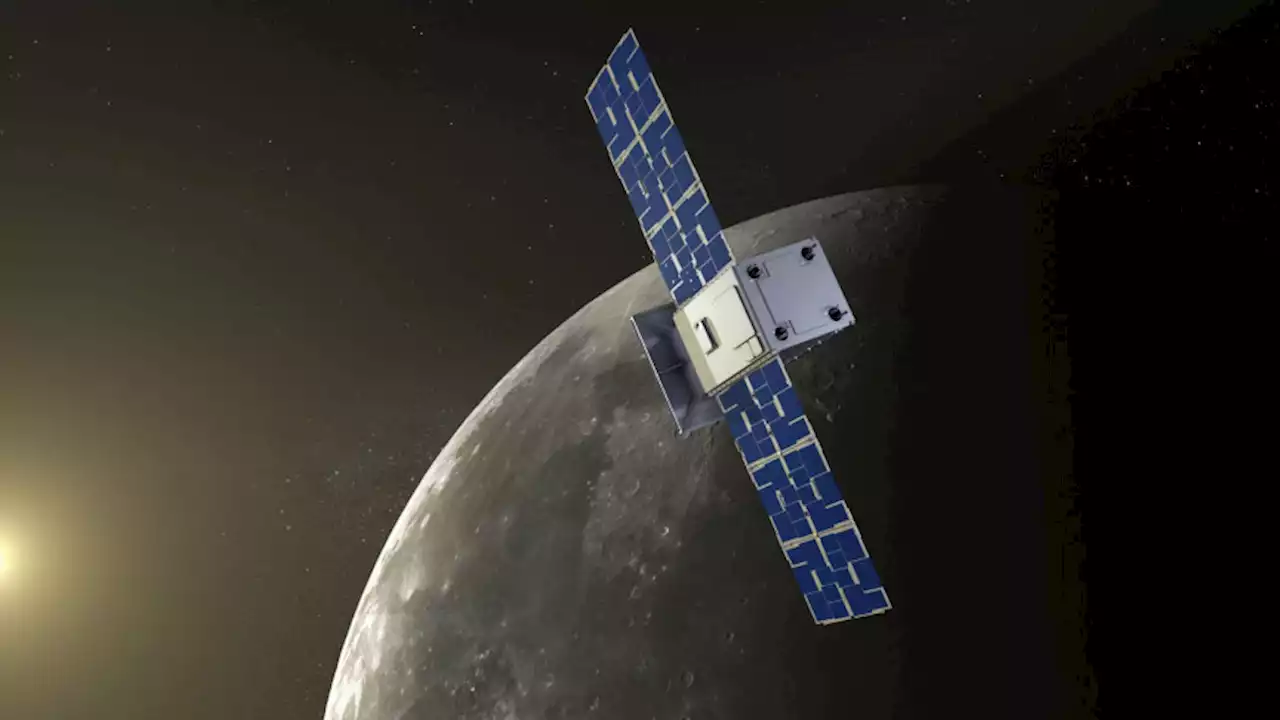Engineers have restored communications with NASA's CAPSTONE spacecraft en route to the moon Wednesday after teams worked tirelessly for 24 hours to get to the bottom of the problem with the tiny spacecraft nearly 200,000 miles from Earth.
Advanced Space, which manages and operates the mission for NASA, confirmed that CAPSTONE is back online on Wednesday, sending signals to Earth via the Deep Space Network. "The team will continue with this work, and once the communications system is fully recovered, the team will review spacecraft status and telemetry to monitor for any additional issues since the communications outage began," Advanced Space said.
Rocket Lab launched the microwave-sized CAPSTONE spacecraft from New Zealand on June 28. On July 4, CAPSTONE separated from Rocket Lab's Lunar Photon upper stage, leaving Earth's orbit and setting it on the path to lunar transfer orbit.Mission operators were able to identify the cause of the blackout, and engineers re-established a signal at 7:26 a.m. MT Wednesday, according to Advanced Space.
Indonesia Berita Terbaru, Indonesia Berita utama
Similar News:Anda juga dapat membaca berita serupa dengan ini yang kami kumpulkan dari sumber berita lain.
 NASA loses contact with moon-bound CAPSTONE spacecraftFlight controllers have lost contact with a small pathfinder spacecraft launched last week to test an unusual lunar orbit planned for NASA's Artemis moon program, the agency said. Engineers are troubleshooting and attempting to re-establish communications.
NASA loses contact with moon-bound CAPSTONE spacecraftFlight controllers have lost contact with a small pathfinder spacecraft launched last week to test an unusual lunar orbit planned for NASA's Artemis moon program, the agency said. Engineers are troubleshooting and attempting to re-establish communications.
Baca lebih lajut »
 NASA Has Lost Contact With the Moon-Bound CAPSTONE ProbeThe probe successfully escaped Earth's gravity yesterday but has since gone silent. Ground teams are now trying to reestablish contact.
NASA Has Lost Contact With the Moon-Bound CAPSTONE ProbeThe probe successfully escaped Earth's gravity yesterday but has since gone silent. Ground teams are now trying to reestablish contact.
Baca lebih lajut »
 NASA scientists explain why they can't analyze Mars samples aboard the ISSTwo NASA scientists answered the public's most burning Mars Sample Return questions.
NASA scientists explain why they can't analyze Mars samples aboard the ISSTwo NASA scientists answered the public's most burning Mars Sample Return questions.
Baca lebih lajut »
 NASA satellite leaves orbit around Earth, heads toward moonA NASA satellite launched just last month has broken free from the Earth's orbit and is now headed toward the moon.
NASA satellite leaves orbit around Earth, heads toward moonA NASA satellite launched just last month has broken free from the Earth's orbit and is now headed toward the moon.
Baca lebih lajut »
